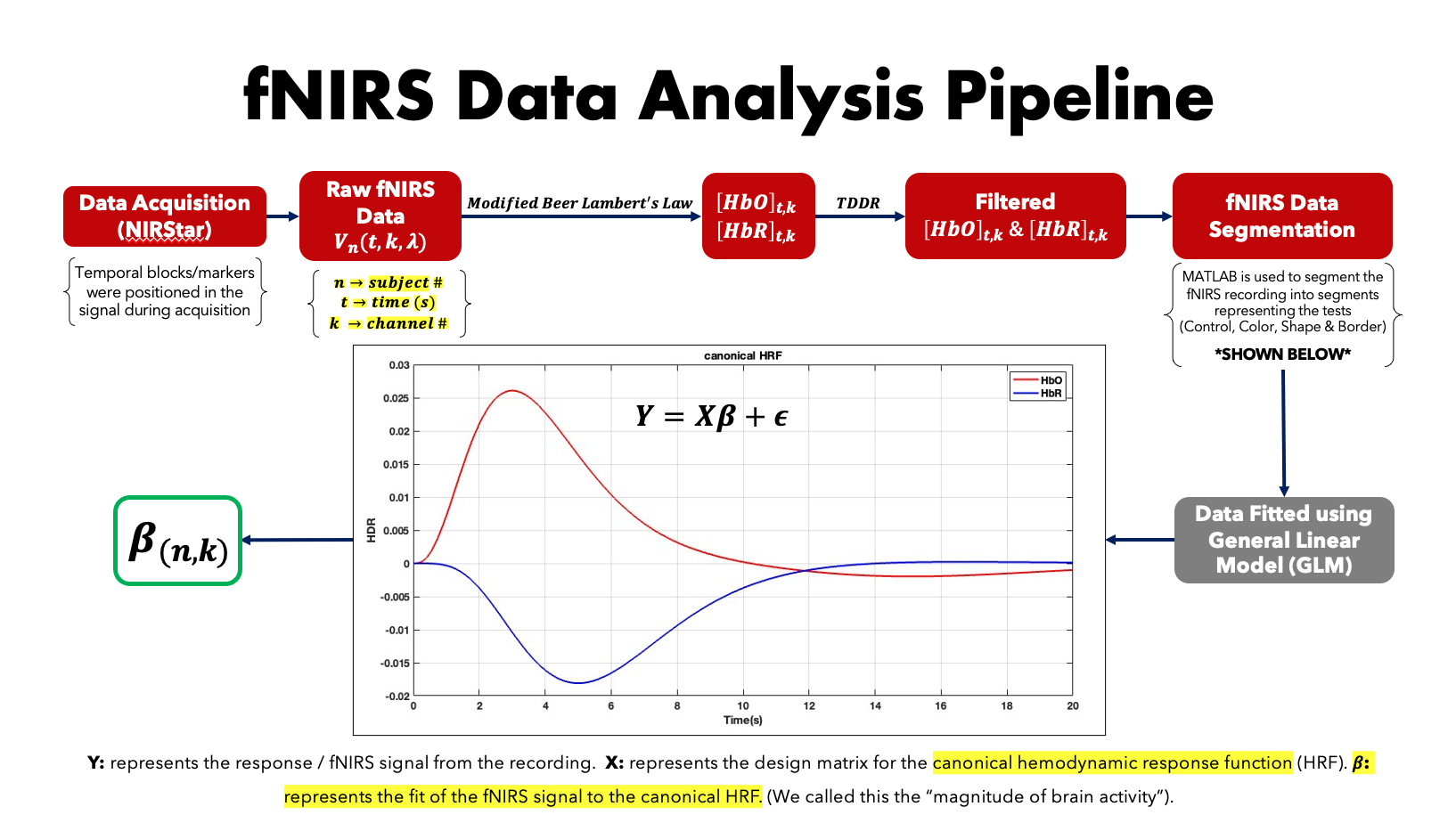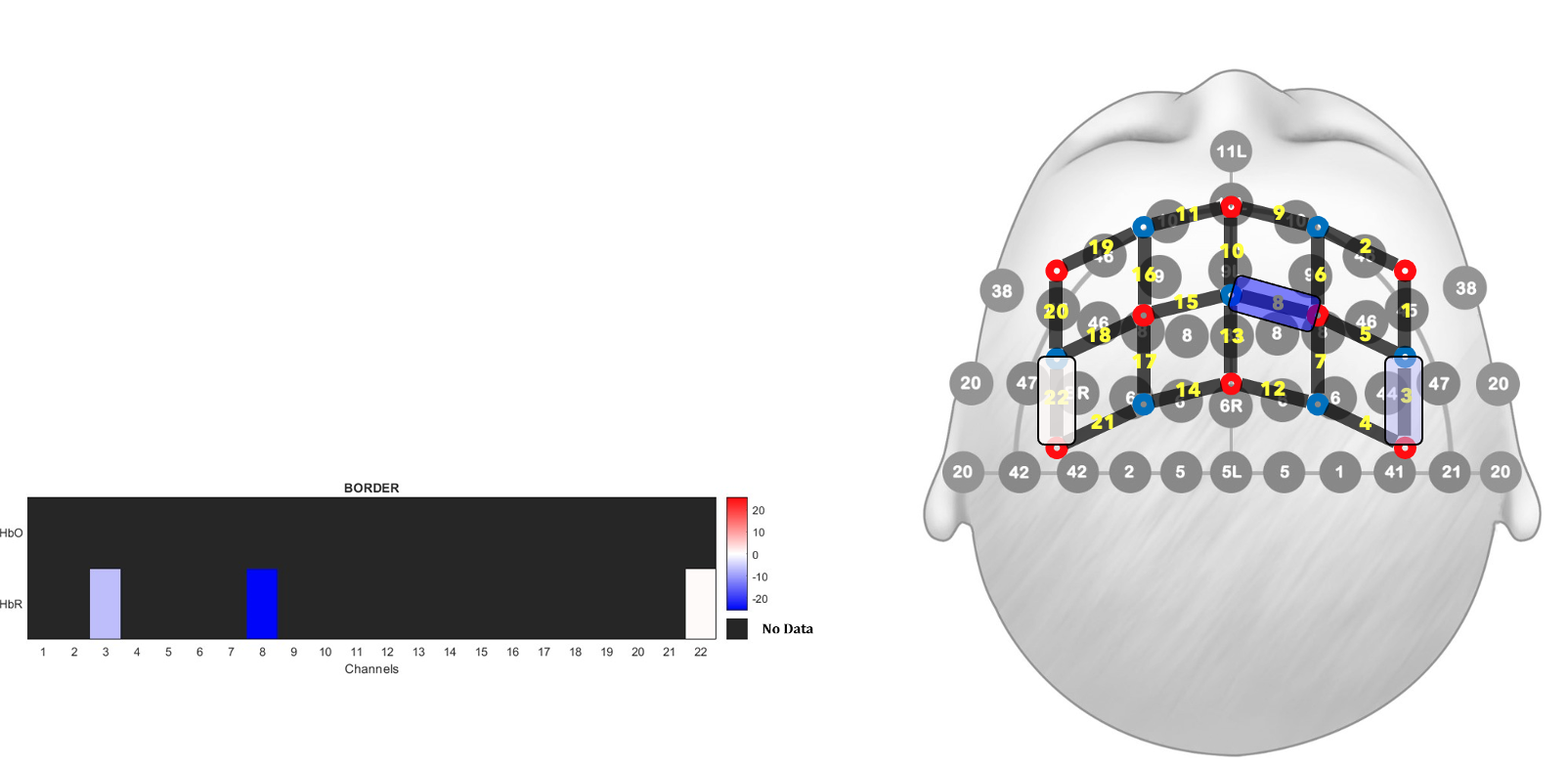Neonatal Neurology 6: Neurodevelopment
Session: Neonatal Neurology 6: Neurodevelopment
680 - Neural Recruitment of Executive Function in Monolingual and Bilingual Preterm-Born Children: A Pilot fNIRS Study
Sunday, April 27, 2025
8:30am - 10:45am HST
Publication Number: 680.5975
Ashley Darcy Mahoney, George Washington School of Nursing, Washington, DC, United States; Melissa Baralt, Florida International University, Miami, FL, United States; Wei-Chiang Lin, Florida International University, Miami, FL, United States; Noble C. Amadi, Florida International University, Miami, FL, United States; Anil K. Thota, University of Arkansas, Fayetteville, AR, United States; Liliana Rincon-Gonzalez, Abbott Laboratories, Burbank, CA, United States

Ashley Darcy Mahoney, PhD, NNP-BC (she/her/hers)
Professor & Neonatal Nurse Practitioner
George Washington School of Nursing & Pediatrix
Washington, District of Columbia, United States
Presenting Author(s)
Background: As preterm infant survival rates increase, addressing neurodevelopmental challenges, especially in executive function (EF), becomes crucial. EF includes inhibition, cognitive flexibility, and attention, often impacted in preterm children due to disrupted prefrontal cortex development. While bilingualism has shown to enhance EF in term-born children, its impact on preterm children is less understood.
Objective: This pilot study explores bilingualism's influence on EF and neural recruitment in preterm-born children using functional near-infrared spectroscopy (fNIRS).
Design/Methods: Sixteen right-handed preterm-born children aged 6-7 years participated, with seven in the monolingual and nine in the bilingual groups. Language status was confirmed via parent reports and child assessments. EF was assessed using two tasks: the Dimensional Change Card Sort (DCCS) and the Go/No-Go (GNG) task. fNIRS data were collected with a NIRK Scout 16-24 system, using a child-sized cap with 8 sources and 7 detectors, resulting in 22 prefrontal cortex channels. Data were pre-processed to remove artifacts, converted to dynamic oxy- (Δ[HbO]) and deoxyhemoglobin (Δ[HbR]) changes. For the GNG task, Δ[HbO] & Δ[HbR] were fitted to canonical hemodynamic response functions using a general linear model. For the DCCS task, intensity histograms were extracted and averaged across conditions and channels. Statistical tests (Mann-Whitney U or 2-Smaple KS test) compared HbO responses between groups across channels and tasks.
Results: In the GNG task, bilinguals exhibited significantly lower HbO levels, suggesting efficient neural recruitment in inhibitory control. Monolinguals showed higher HbO responses (Δβ > 0) in prefrontal channels, particularly in the No-Go condition, where bilinguals responded more quickly and precisely (p = 0.010). In the DCCS task, the bilinguals showed increased engagement of both HbO and HbR (ΔIH > 0) in the prefrontal cortex region across all task conditions, indicating enhanced recruitment of neural resources related to cognitive control, which likely contributes to their faster reaction times and more efficient task performance compared to monolinguals.
Conclusion(s): This study indicates a potential EF advantage for bilingual preterm-born children, observed in neural efficiency and performance. Bilingualism may support EF by enhancing prefrontal processing, potentially addressing EF challenges in preterm children. Encouraging bilingual exposure in educational and clinical settings could support cognitive growth and long-term outcomes.
Dimensional Change Card Sort (DCCS) Test Setup
 Participants first sort cards by color (red/blue), then switch to sorting by shape (rabbit/boat) after 20 seconds. In the "Border" phase, participants alternate sorting criteria based on card borders, introducing cognitive flexibility and rule-switching demands. Reaction time, accuracy, and fNIRS data are collected to assess executive function performance and neural recruitment efficiency.
Participants first sort cards by color (red/blue), then switch to sorting by shape (rabbit/boat) after 20 seconds. In the "Border" phase, participants alternate sorting criteria based on card borders, introducing cognitive flexibility and rule-switching demands. Reaction time, accuracy, and fNIRS data are collected to assess executive function performance and neural recruitment efficiency.fNIRS Data Analysis Pipeline
 The fNIRS data acquisition process involves continuous recording of brain activity across 22 channels using a child-sized cap. Temporal markers segment the signal based on task phases. Data undergoes preprocessing to remove artifacts, followed by conversion to dynamic changes in oxy- and deoxyhemoglobin (Δ[HbO] and Δ[HbR]) concentrations. The segmented signals are then averaged and fitted to a canonical hemodynamic response function (cHRF) using a general linear model, producing β values that indicate the magnitude of brain activity. Statistical analyses of these values compare neural responses between monolingual and bilingual groups across tasks.
The fNIRS data acquisition process involves continuous recording of brain activity across 22 channels using a child-sized cap. Temporal markers segment the signal based on task phases. Data undergoes preprocessing to remove artifacts, followed by conversion to dynamic changes in oxy- and deoxyhemoglobin (Δ[HbO] and Δ[HbR]) concentrations. The segmented signals are then averaged and fitted to a canonical hemodynamic response function (cHRF) using a general linear model, producing β values that indicate the magnitude of brain activity. Statistical analyses of these values compare neural responses between monolingual and bilingual groups across tasks.Brodmann Maps & fNIRS Channels
 This image illustrates the placement of fNIRS channels over the prefrontal cortex based on the Brodmann areas (BA) involved in executive function tasks. Channels cover regions like BA 6, 8, 9, and 10, associated with cognitive flexibility, inhibition, and task-switching processes. The spatial layout supports targeted analysis of neural recruitment patterns in monolingual and bilingual groups, focusing on areas critical for executive function in children.
This image illustrates the placement of fNIRS channels over the prefrontal cortex based on the Brodmann areas (BA) involved in executive function tasks. Channels cover regions like BA 6, 8, 9, and 10, associated with cognitive flexibility, inhibition, and task-switching processes. The spatial layout supports targeted analysis of neural recruitment patterns in monolingual and bilingual groups, focusing on areas critical for executive function in children.
